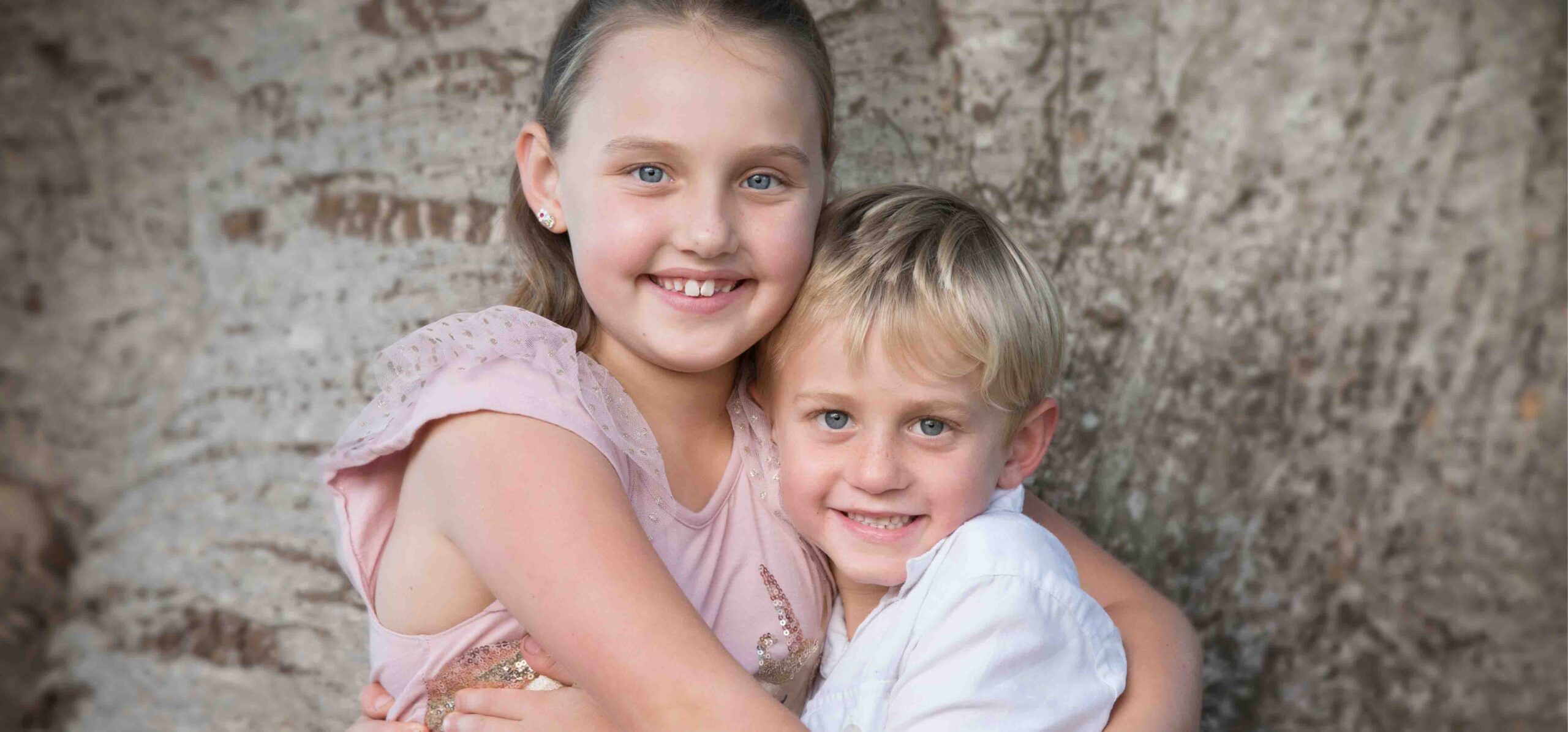Mid Coast Population Data

The MidCoast Council Community Profile provides demographic analysis for the City and smaller areas within it based on results from the Censuses of Population and Housing between 1991 and 2016. The profile is updated with population estimates when the Australian Bureau of Statistics (ABS) releases new figures.
Statistics are useful to look at how our population changes over time and they help us to better understand the make up of our community and in our planning to address the challenge of disadvantage that our children and families face. The Midcoast Council Socio-Economic Indexes for Areas (SEIFA) measure the relative level of social-economic disadvantage and/or advantage based on a range of census characteristics. Two of the SEIFA indexes: the index of Relative Socio-Economic Disadvantage (IRSD) and the Index of Relative Socio-Economic Advantage and Disadvantage (IRSAD) can be selected within the data.
Statistics are often used by community groups when applying for grants and by businesses when establishing or expanding their business.
The community statistics information available includes:
- Community profile – provides census data from 1991 until the most recent census. This enables you to compare how the population has changed over time
- Social Atlas – provides demographic characteristics for our population based on census data from 2001 up to the most recent census in a mapping format
- Population forecast – forecasts our population size up to the year 2036 based on the projected population increase and the availability of land to be developed for housing.
Mid North Coast District Data Profiles – Targeted Early Intervention
Mid North Coast District Data Profile
Brighter beginnings: the first 2000 days
With almost 100,000 births per year in NSW. Brighter Beginnings aims to provide families with the information they need, when they need it to make their decisions and empower families with clear, reliable and timely information
One of the valuable online resources is the Learn the Signs, Act Early Milestone Monitoring Tools that are in the Blue Book and help parents track their child’s development. Parents should speak to a Child and Family Health Nurse located in Child and Family Health Centres or doctor if they have concerns about how their child is growing, developing or behaving.
Click here to find out more about: 𝗟𝗲𝗮𝗿𝗻 𝘁𝗵𝗲 𝗦𝗶𝗴𝗻𝘀. 𝗔𝗰𝘁 𝗘𝗮𝗿𝗹𝘆. 𝗠𝗶𝗹𝗲𝘀𝘁𝗼𝗻𝗲 𝗠𝗼𝗻𝗶𝘁𝗼𝗿𝗶𝗻𝗴 𝗧𝗼𝗼𝗹𝘀

